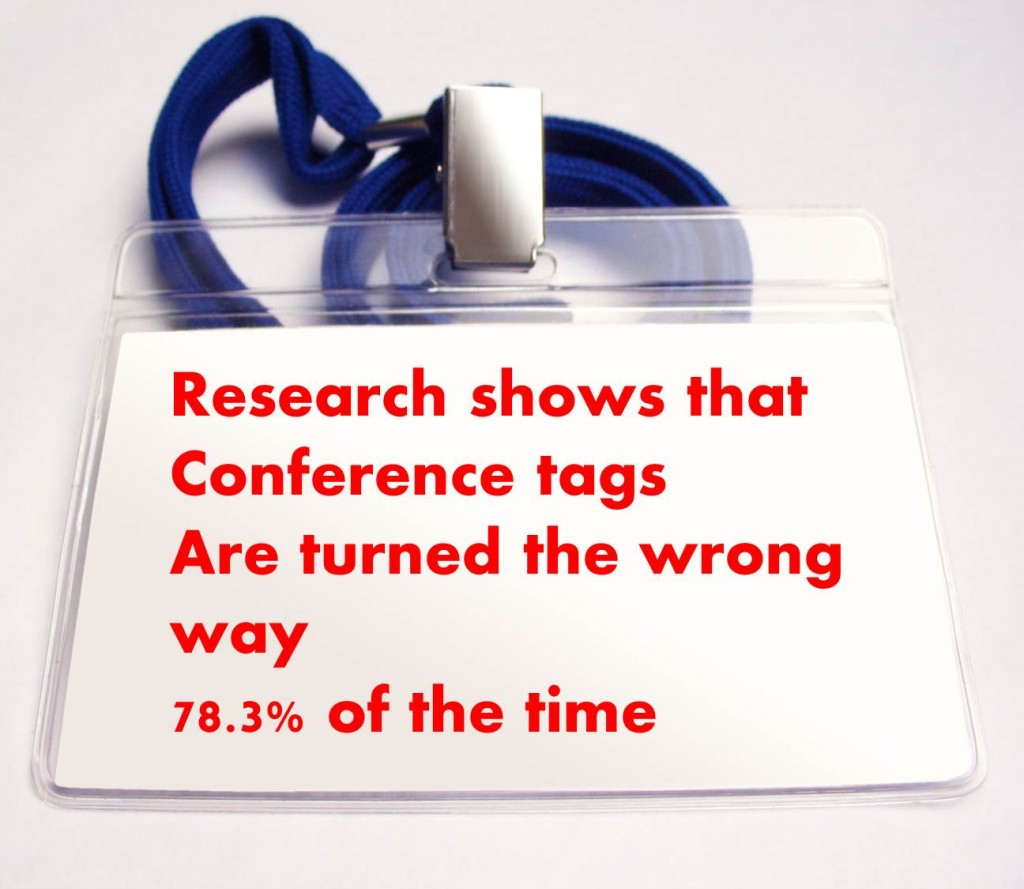You probably know that, all other things being equal, it’s easier to get a job when you are employed vs. when you’re unemployed. When you’re employed, you give off a whole different vibe. You walk around and interact with people from the standpoint of “there is currently someone willing to pay for my services.” When you’re unemployed, you often radiate less confidence. You don’t feel as valuable.
Luckily, you can always get a job – if you are willing to work for free. It can be an internship, a volunteer position, or a self-employment gig.
Note: There are legal issues involved in working for free (see below the legal stuff). Read it and decide for yourself if you want to go for it.
How to work for free
Here are a few ideas on how you can start to work for free, either as an unpaid intern or as a volunteer. Most of them apply to the field of marketing:
- When you meet professionals and small business owners, offer to prepare a marketing plan for them for free. If they like it, they can hire you to execute the marketing plan. This can be either for free or for pay. The important thing is that after you’ve completed the work, you will have something to show recruiters and potential employers. You can try walking into small mom-and-pop shops and offer them the deal. Often these stores don’t have a professional marketing person; you can do great things for them, especially with digital presence and social media.
- Find charities, ideally ones that are close to your heart, and offer to volunteer as their marketing person for free.
- Find a political campaign and offer to take care of their online marketing efforts and community outreach. There’s always an election going on: federal, provincial, state, county, or local. Even if elections are two years away, you can be sure that the candidates are already working hard toward it and would appreciate any help!
- Startups are always strapped for cash and happy to get free help.
Use your imagination and come up with more options. Just make sure that the job you take gives you at least some of the following:
- The opportunity to list it as a legitimate job on your resume and LinkedIn
- Contacts
- Learning and experience
- Deliverables you can talk about and show when engaging with potential employers (e.g., marketing plans, social media accounts, websites, articles you wrote)
- The ability to appear employed and talk about your job, so when you go to events you are not perceived as “unemployed.” Consider printing some business cards, even if you have to pay for them. (You can order cheap business cards online easily.)
- Flexibility: your employer allows you to take time off to prepare for interviews and go to interviews. They should understand at the outset that you will leave them once you find a satisfactory paying job. But also promise them that if you’re hired while still working on an important project for them, you will complete it on nights and weekends.
That’s it. Now the next time a recruiter or an employer calls you and asks, “Are you currently working?” you will be able to say “yes.”
Unpaid work: the legal stuff
Rest assured that if you take an unpaid internship, the legal implications apply to the employer, not to you. They, not you, can be fined for having an unpaid intern. The purpose of such laws is to prevent exploitation of employees. But in some job markets, educated and skilled people have no other choice. Employers are reluctant to take the risk of employing someone with little experience.
If the work involves public service or charity, you can frame your unpaid work as “volunteering.” Some workplaces will ask you to sign a volunteer service agreement. Read the agreement carefully before signing it. Often, when you do volunteer work, you receive neither wages nor benefits. In America, that means that if you are injured on the job, you may not be entitled to worker’s compensation.
Even though you are volunteering, you can – and should – present yourself to others as employed. Add the unpaid job to your resume and LinkedIn profile. It is nobody’s business whether you are paid for what you do.
Where can you get a volunteer position? Usually, in any organization in which it makes sense to have volunteers. It doesn’t make sense for Microsoft to have people volunteering full-time. But it does make sense for charities, political campaigns, and some small for-profit businesses.
Make sure that the unpaid position will leave you enough time to continue your job search, and constantly try to leverage the work experience you’re getting and your new network of contacts to advance your career.






































